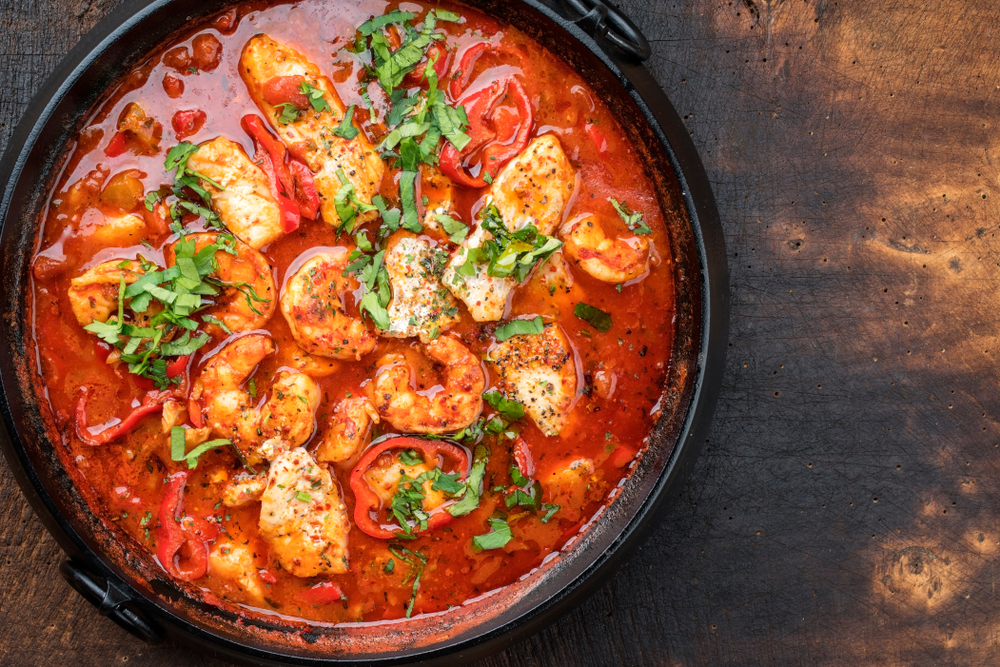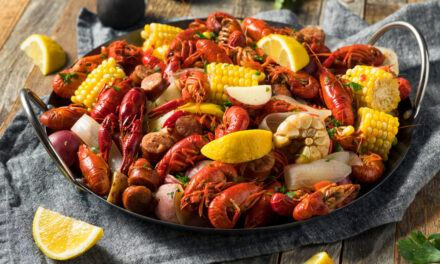 Gumbo might be the most Louisiana thing about Louisiana. It’s famously associated with the state and for good reason.
Gumbo might be the most Louisiana thing about Louisiana. It’s famously associated with the state and for good reason.
The area has an interesting history in that it has so many cultural influences. These influences are still apparent today even after centuries of living together. Just imagine what it was like 300 years ago when they were all arriving for the first time.
This history and mixing of cultures has helped shape their cuisine into what it is today. In few ways is that more apparent than in gumbo.
What’s So Great About Gumbo?
Gumbo is a wonderfully flexible recipe. Different versions of it crop up in different areas of Louisiana. In particular, the Creole gumbo and the Cajun gumbo have a few key differences.
Some of those differences include the fact that Creole gumbo often has tomatoes in it while Cajun version doesn’t. Cajun gumbo can have chicken in it as well as a mix of the local seafood, namely shellfish, while the Creole version usually skips the chicken. The Creole version often uses a wider range of spices than the Cajun version. And, last but not least, they both use a different type of roux.
Roux is a mixture of fats and flour that’s used to thicken soups. As you might guess from the name, it has it’s origins in France.
The Creole roux is often made with butter and flour while the Cajun roux is made with vegetable oil or lard and flour.
These little differences give any chef room to create a dish that is all their own while staying inspired by some of the best cooking in the country.
Pre-Gumbo Influences
In 1718, the French colonized what is now New Orleans. But, they weren’t the only ones who settled in that area. Soon Germans and Spaniards came over as well and took up residence in Nouvelle Orléans.
And, of course, there was the slave trade. A dark mark in American history, but a powerful influence on the culture and foods of Louisiana. In fact, the word gumbo comes from a West African word for okra – something that is sometimes used as an ingredient in the modern day recipe.
It goes without saying that there were also Native Americans in the area. They taught the European settlers how to find local edible plants.
In 1762, control of the area transferred from the French to the Spanish. Among the Spanish who had come into the area were those from the Canary Islands. They brought with them their love of well-seasoned foods.
What was had here was a true melting pot of influences.
Origins
It’s not known exactly when gumbo came into being, but most scholars agree it was around the early 1700s.
What can be argued is which culture started it.
Some say it was West Africans because of the name. Others have suggested it’s a descendant of the French fish stew, bouillabaisse (though this is disputed by other writers due to the difference in bases and how they’re made).
Another theory talks about the fact that when the Cajuns – who were previously known as the Acadians – came south from the Northeastern regions of North America, they brought with them their traditional stews. They would’ve simply substituted their usual recipes with whatever was available in the Louisiana area.
And, there’s still yet another theory. The use or corn and filé powder suggests that gumbo may have its origins in Native American cuisine.
A particularly colorful theory has to do with “The Frying Pan Revolt.” In 1722, women took to the home of Governor Jean-Baptiste Le Moyne, Sieur de Bienville. Their complaint? A lack of the ingredients they’d become familiar with. In response, his housekeeper, Madame Langlois, taught them how to improve on their gumbo. Some of the ingredients introduced included okra, rice, shrimp, crawfish, and filé powder.
Was this the birth of gumbo? We may never know for sure.
Developement
The first time gumbo was written about, it had already been an established dish. It was described as “the dish they call gumbo which is made principally of the ochre into a thick kind of soop [sic] & eat with rice, it is the food of every body for dinner and supper.” The year was 1802.
The year after that, a French governor hosted a soirée where 24 different kinds of gumbo were served. So it seems that gumbo was already a well-established dish by this time and could have variety and its own personality.
The first time it showed up in a recipe book, it was 1824. At the time, it was referred to as a “West India dish” and had very little in common with gumbo as we know it today.
By 1879, gumbo had evolved again when it showed up in a cookbook by Marion Cabell Tyree. This version was more like what we expect from gumbo these days.
After that, it showed up again in several more cookbooks, each with their own varieties.
Today, gumbo still comes in many forms. The many cultures that went into the creation of gumbo are still apparent.




